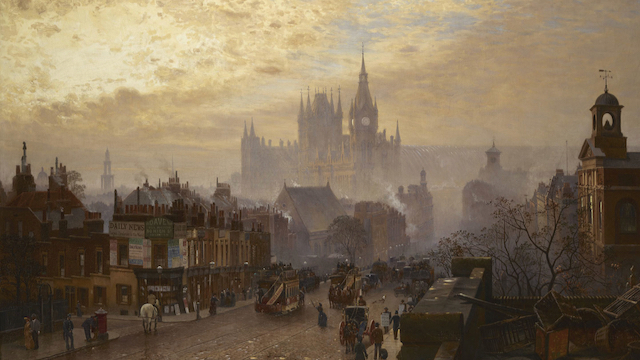Since there no points of interest listed in our Sherlockian Calendar for today, I had an idea for a change of pace. I have a friend, a retired teacher of special education, who made a presentation to a class of middle schoolers who were studying Sherlock Holmes in their literature class. Larry made his own copy of the points that Reverend Ronald Knox wrote up as being parts of a Sherlock Holmes story. Larry took out the Latin translations that were part of the fanciful article that Reverend Knox wrote as a basis for creating Sherlockian Scholarship. Larry listed the parts in such a clear way I wanted to pass it along to our group.
We hope you enjoy.
The Eleven Essential Parts of a Sherlock Holmes Story by Reverend Ronald Knox
As compiled by Larry Feldman, a retired Special Education teacher and Sherlockian Scholar
Part 1 – The Homely Baker Street Scene – implicit introductions.
a) “invaluable personal touches”
b) a lecture/demonstration by the detective.
Part 2 – Statement of the Case
a) Client’s statement
b) Newspaper account
Part 3 – Personal investigation
a) Scene of the crime
b) Famous “floor walk”
Part 4 – Refutation of Scotland Yard’s Theory of the Crime
Part 5 – Holmes gives a few stray hints to the police (and the reader)
that the police dismiss.
Part 6 – A partial sketch of the true course of the investigation –usually to Watson alone.
Part 7 – Further follow-up of the investigation
a) Cross questioning of witnesses/suspects/family
b) Examination of the corpse
c) Visit to the record office
d) Holmes assumes a character, disguise.
Part 8 – Criminal is caught, exposed revealed
Part 9 – Criminal’s confession or story
Part 10 – Holmes describes clues, his thought process, how he solved the case
Part 11 – Final thought
a) Quotation
b) Ironic observation
c) Sum up of experience
Note: Most Sherlock Holmes stories do not have all eleven sections, or necessarily in this order. Most have 5 to 6 parts. It is a list of the structural pieces of a Sherlock Holmes story.




















 Sir Henry Duncan Littlejohn was born May 8, 1826 in Edinburgh.
Sir Henry Duncan Littlejohn was born May 8, 1826 in Edinburgh.